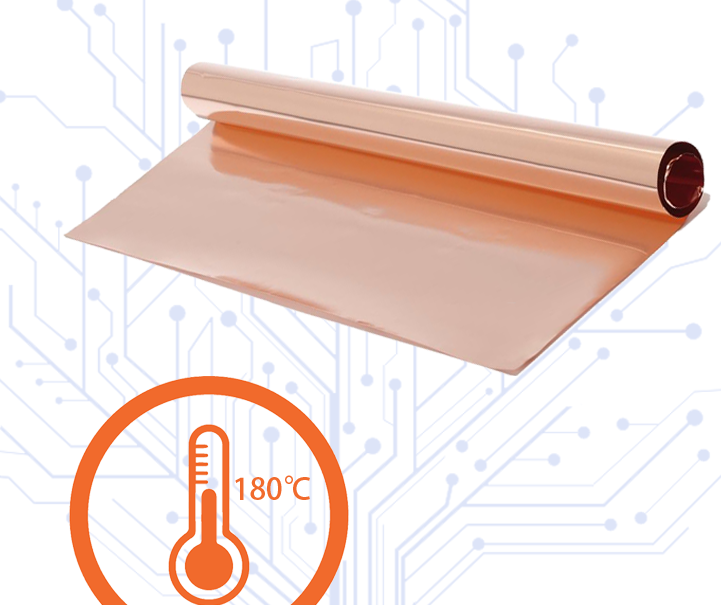

Today, let’s continue to learn about the HTE copper foil and RTF copper foil:
1. HTE copper foil
High Temperature Elongation Electrodeposited Copper Foil is a type of copper foil that maintains excellent elongation at high temperatures (180°C). This copper foil is characterized by the fact that even at high temperatures, 35-micron and 70-micron thick copper foils can maintain more than 30% of the elongation rate at room temperature, hence it is also known as High Ductility Copper Foil (HD). This feature makes HTE copper foil more reliable and performant under high-temperature conditions, such as during the lamination process of multi-layer PCB boards.
2. RTF copper foil
Reverse Treated Copper Foil, also known as reverse copper foil, is a type of copper foil with a specific resin coating added to the smooth side of the electrolytic copper foil to improve adhesion properties and reduce roughness. The roughness of this copper foil is typically between 2-4 micrometers. The characteristic of RTF copper foil is that the side bonded with the resin layer has a very low roughness, while the rough side of the copper foil is facing outward. This low roughness copper foil is very helpful for the inner layer to create fine circuit patterns, and the rough side ensures adhesion. In high-frequency signal applications, the low roughness surface can significantly enhance electrical performance, but it may also lead to a reduction in strength.